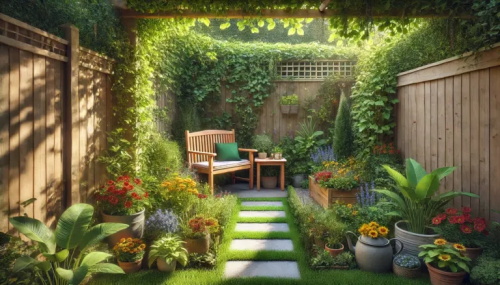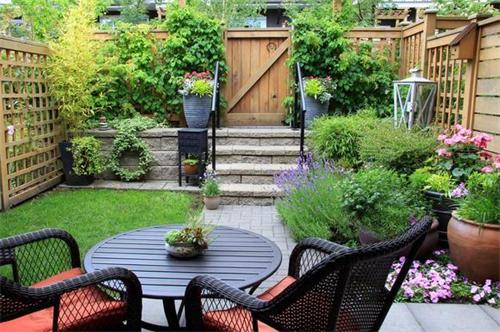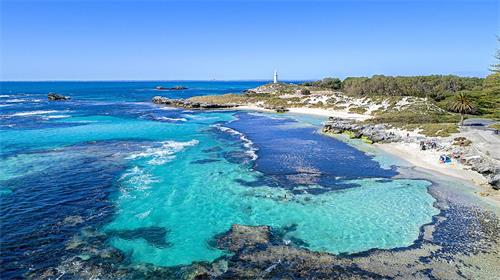
Thoughtful design strategies that make the most of every square inch of space can completely transform a small garden into a lush retreat. Even the smallest yard can make a big impact if you plan ahead and embrace vertical structures.
Planning Your Layout
Begin by dividing your garden into functional zones—such as a cozy seating nook, a potting station, and a mini herb patch—to create a sense of journey and purpose. Utilizing diagonal pathways or staggered pavers can visually elongate narrow plots, making them appear more spacious. Positioning the seating area at the far end draws visitors through the garden, enhancing the perception of depth.
Choosing the Right Plants
Opt for compact varieties and dwarf cultivars to ensure a full-looking garden without overcrowding. Incorporate plants with varied foliage, bark interest, and long bloom times to maintain year-round appeal. Selecting native species supports pollinators and reduces maintenance needs; for instance, wildflower meadows in small strips can replace turf for an eco-friendly, low-mow solution.
Maximizing Vertical Space
Vertical gardening is essential in tight-space design. Mounting pots, hanging baskets, or modular aeroponics towers can host numerous plants in a minimal footprint. Trellises adorned with climbers like sweet peas or clematis add height and soften boundaries without occupying ground space. Investing in a few large statement pots on varying pedestals adds depth and drama.
Color and Illusion Techniques
Utilize cooler hues—blues, lavenders, silvery foliage—toward the back of the garden and warmer tones—yellows, reds—near the front to create an illusion of depth. Ground-level color can be introduced via painted decking or vibrant paving tiles, refreshing a worn patio surface without costly demolition.
Even tiny gardens can become wildlife havens. Installing a small water dish or bog garden container attracts birds and insects. Planting nectar-rich natives and early-flowering bulbs supports pollinators from spring through autumn. Mulching heavily conserves moisture and builds soil health naturally.
Group plants by watering needs to simplify irrigation; self-watering planters are invaluable for busy gardeners. Schedule seasonal cleaning: clear spent foliage in autumn to prevent disease carryover, and top-dress containers in spring with fresh compost to replenish nutrients.
Recommend:

10 Free Things to Do in Washington State: Exploring the Pacific Northwest on a Budget

Pinky Beach: A Serene Oasis on Rottnest Island

Cultivating Your Patio Paradise: Cleaning, Sealing, and Styling a Green Oasis

5 Enchanting Latin American Beach Retreats for Romance

